The National Museum of History of Moldova is a must-visit destination for anyone interested in the rich cultural heritage and history of this Eastern European nation. Located in the heart of Moldova, the capital city of Chișinău, The National Museum of History is one of the most important museums in the country, both in terms of its heritage and scientific prestige.
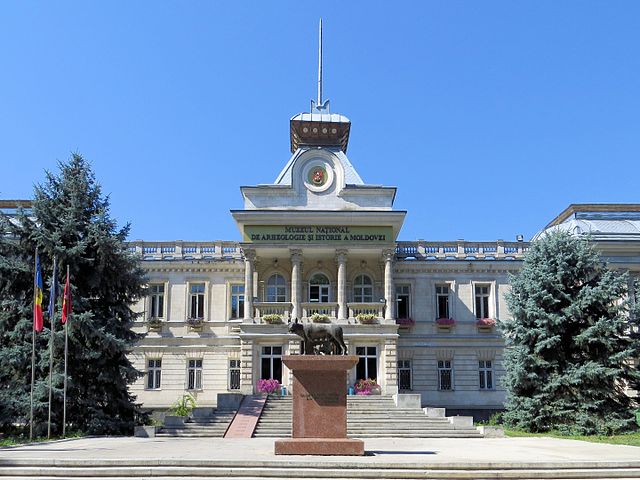
It was founded on December 21, 1983, by the Ministry of Culture’s order number 561 “On the Repurposing of Museums.” The museum was created by merging the Republican Museum of Military Glory and the historical collections of the State Museum of History and Study of the Native Land of the Moldavian Soviet Socialist Republic.
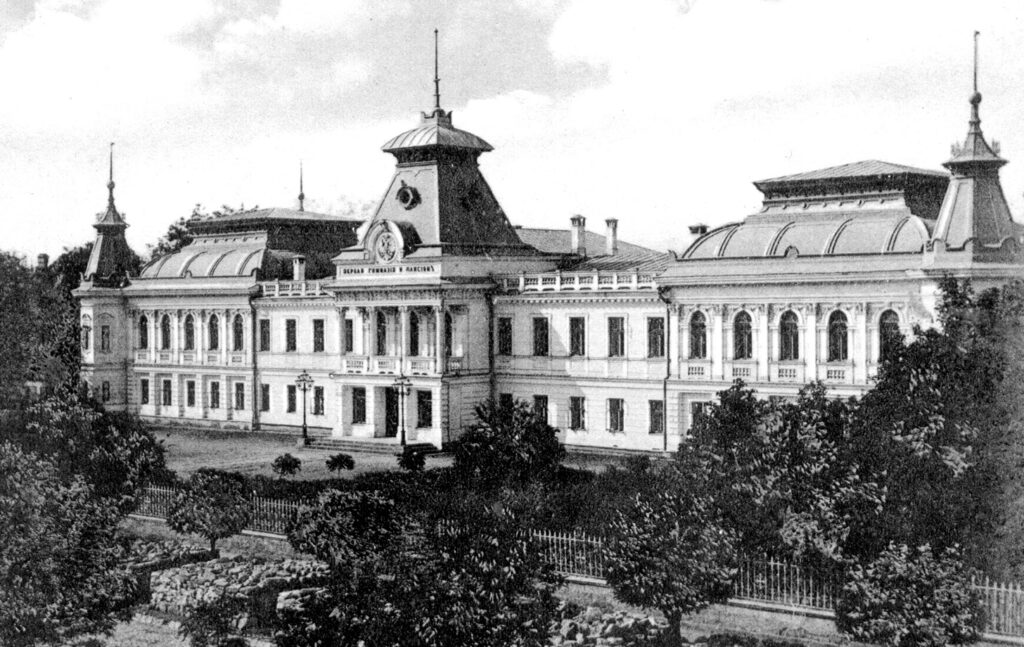
The museum was housed in the historic building of the former Boys’ Gymnasium No. 1 in Chișinău, which was being restored. On October 22, 1991, the museum changed its name to the National Museum of History of Moldova. In 2006, the museum was reorganized and absorbed by the Museum of Archaeology of the Academy of Sciences of Moldova, becoming the National Museum of Archaeology and History of Moldova.
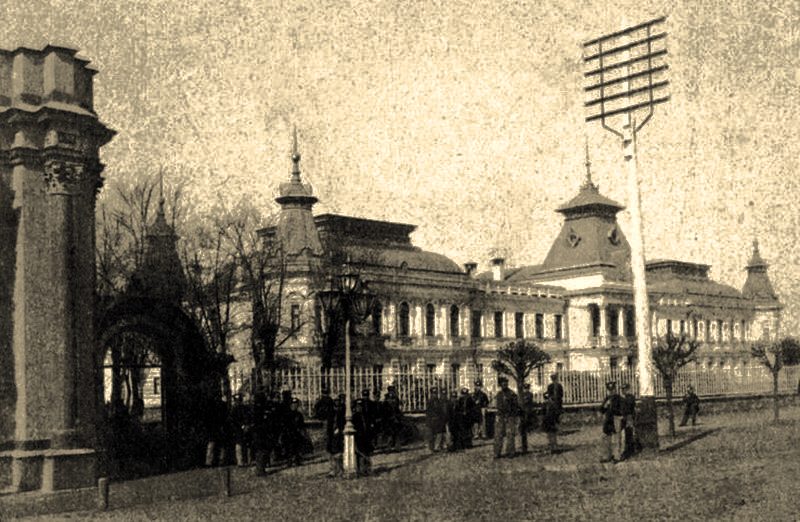
In 2013, it was renamed the National Museum of History of Moldova, and today it is overseen by the Ministry of Culture and coordinated by the Academy of Sciences of Moldova.
The museum’s permanent exhibition is a fascinating journey through Moldova’s history, from the early ages to the present day. The exhibition is organized thematically and provides an objective and coherent representation of the economic, political, and social development of the nation in various historical eras. Currently, the museum’s heritage counts 348,619 pieces, of which 223,904 are basic, of real historical, documentary, and artistic value, some belonging to the national cultural treasure.
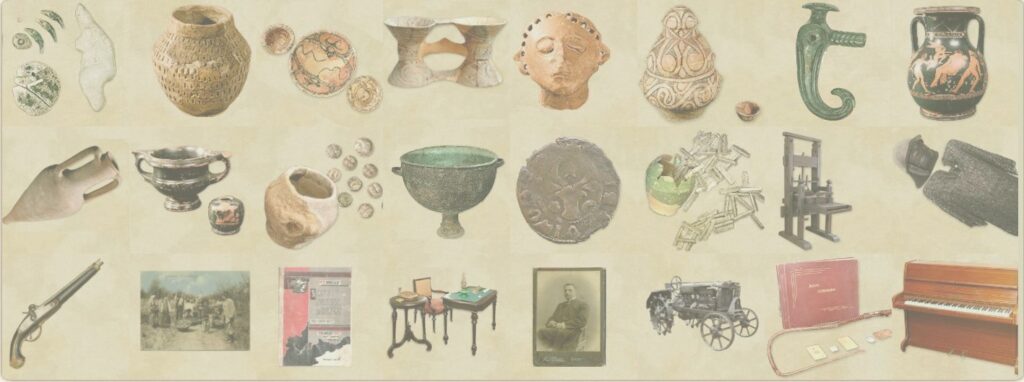
Visitors to the National Museum of History will have the opportunity to explore three large halls: the Red Hall, the Bronze Hall, and the Blue Hall, which impress the audience with their illustrations of Moldovan culture and history.
- In the Red Hall, visitors can learn about the early rulers of Moldova and the battles that shaped the country’s history.
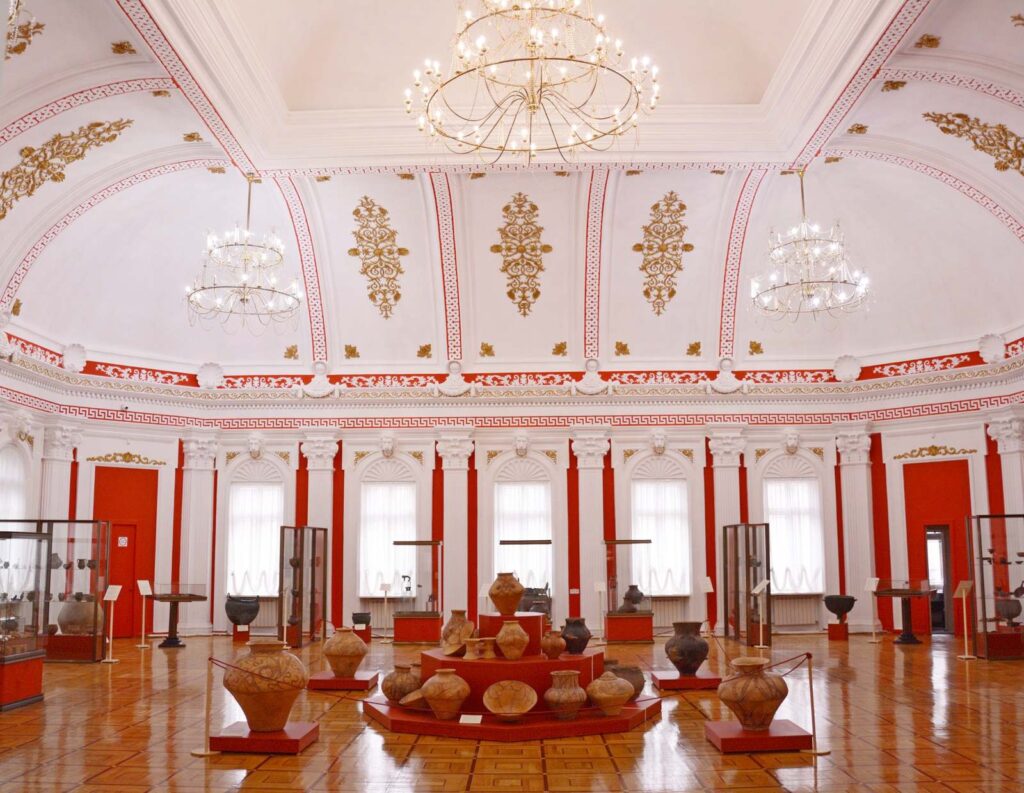
- The Bronze Hall is home to a stunning collection of bronze artifacts, including jewelry, tools, and weapons.
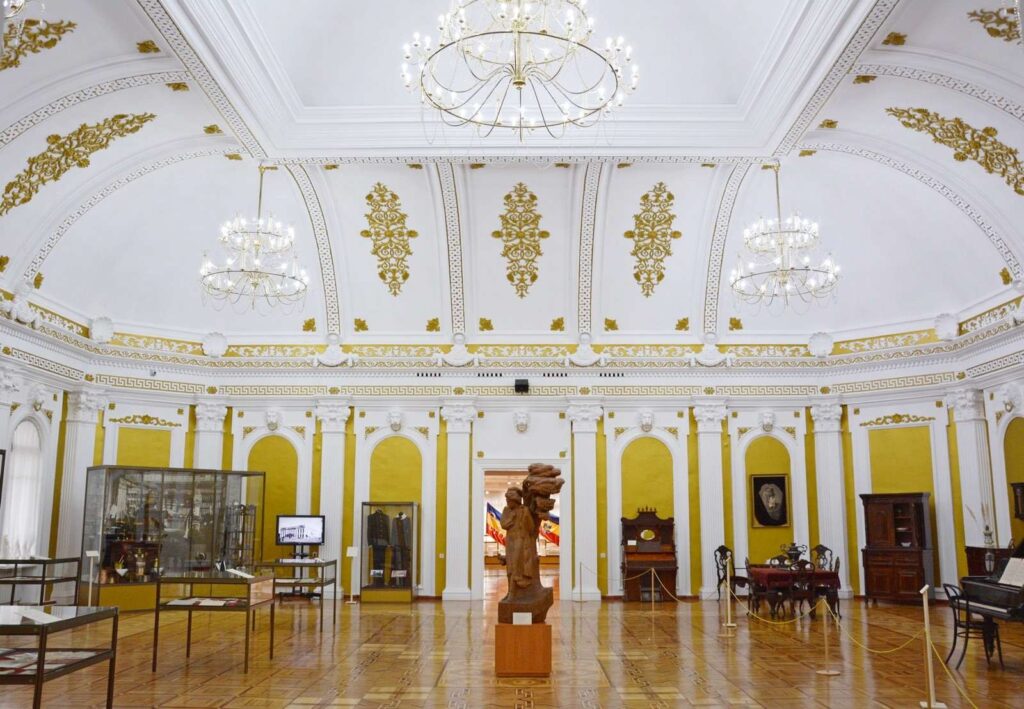
- In The Blue Hall visitors can explore the country’s cultural and political history, including the Soviet era and the struggle for independence.
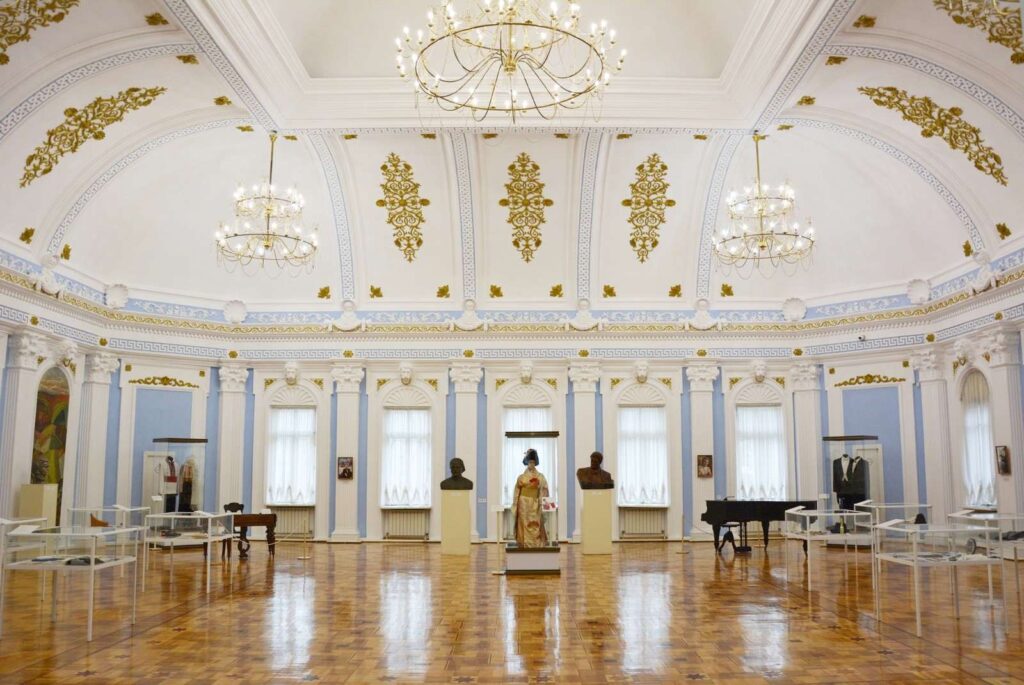
In addition to the permanent exhibition, the National Museum of History also hosts a range of temporary exhibitions that cover a variety of themes and offer visitors the chance to explore different aspects of Moldovan culture and history.
You can find more information about the National Museum of History and present exhibitions HERE.

